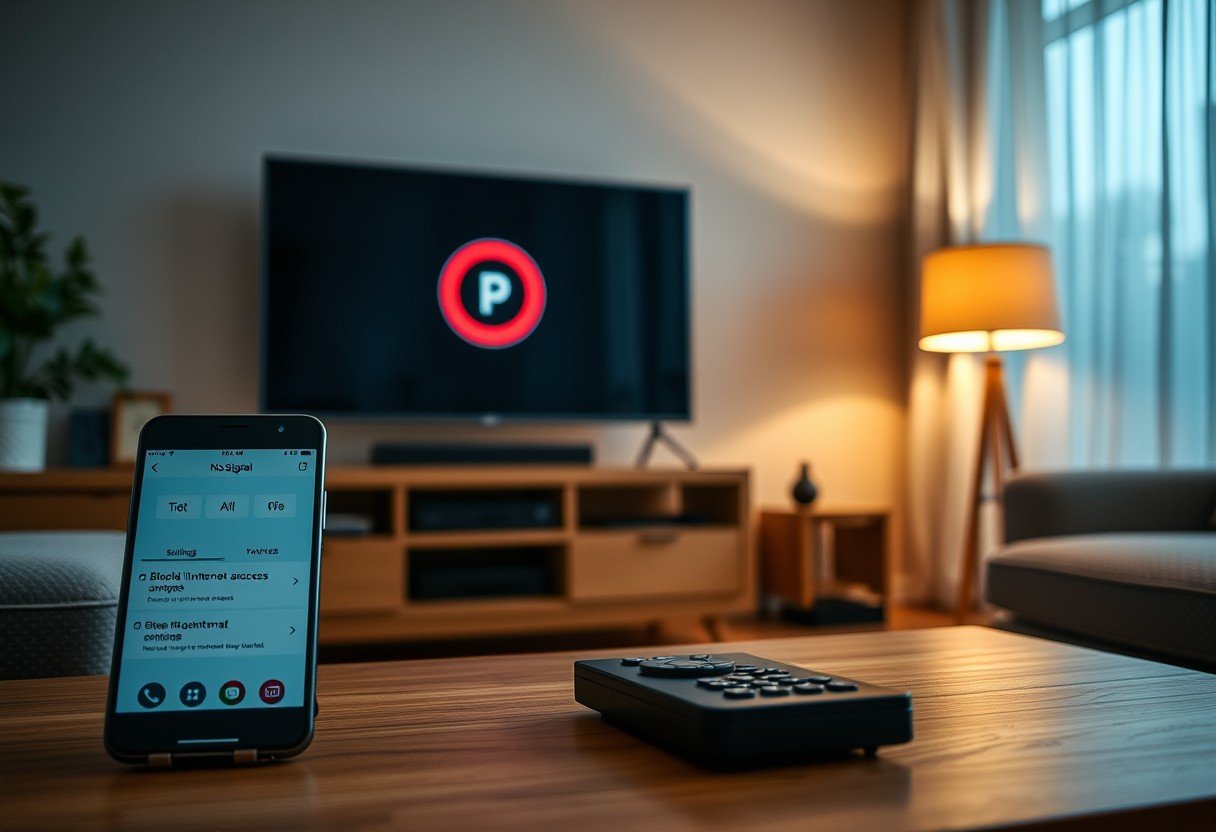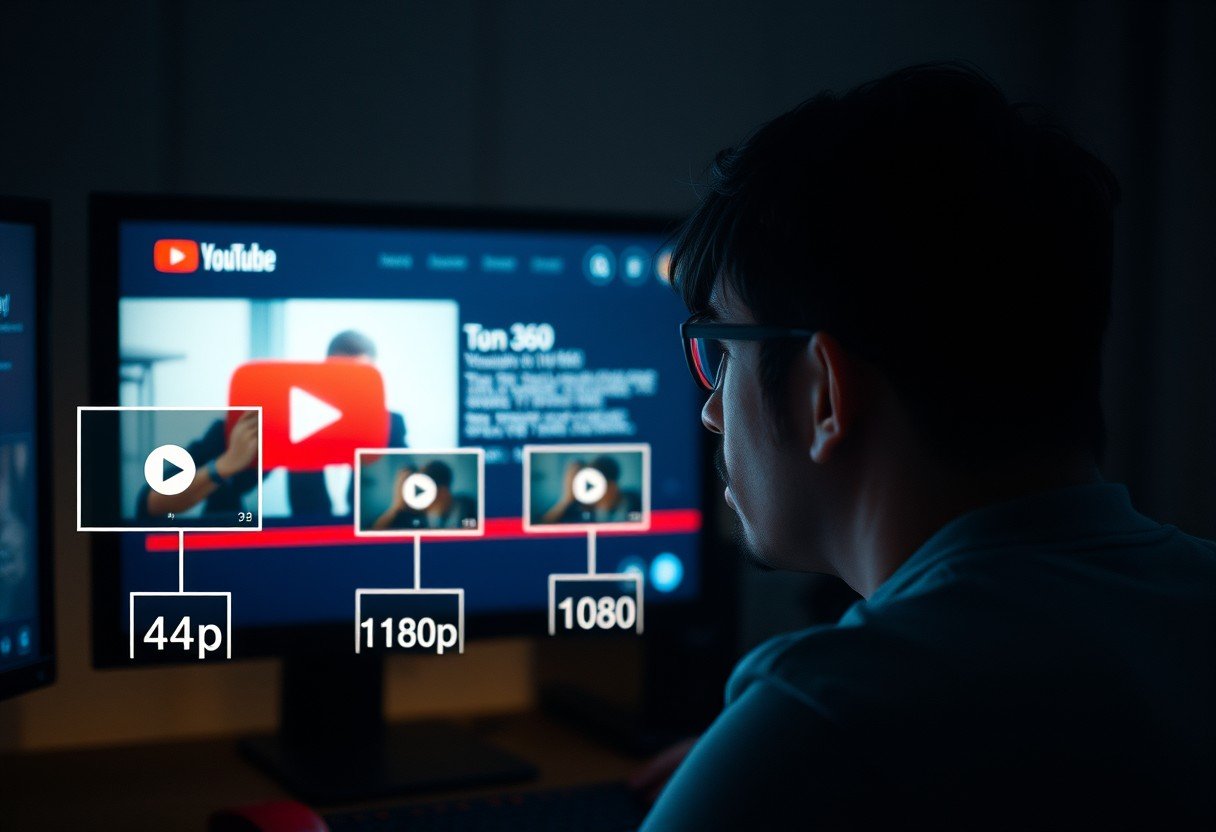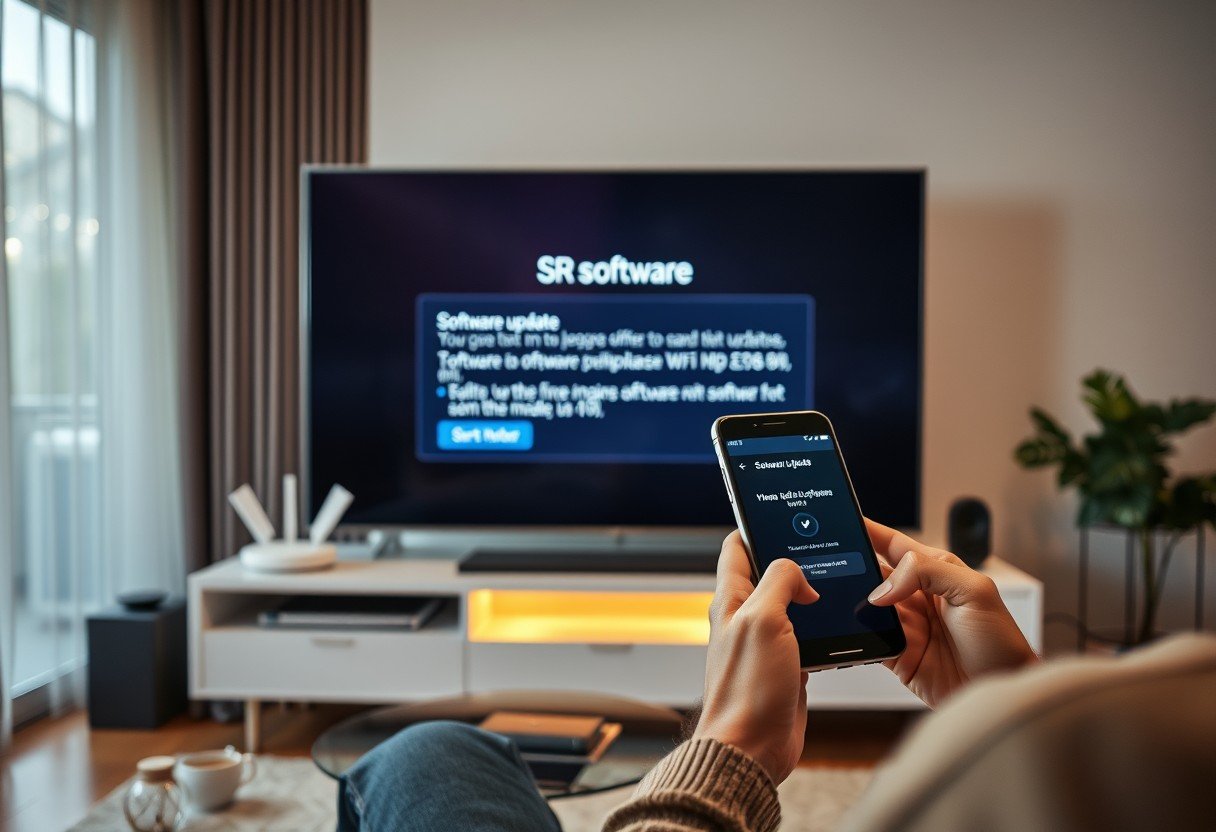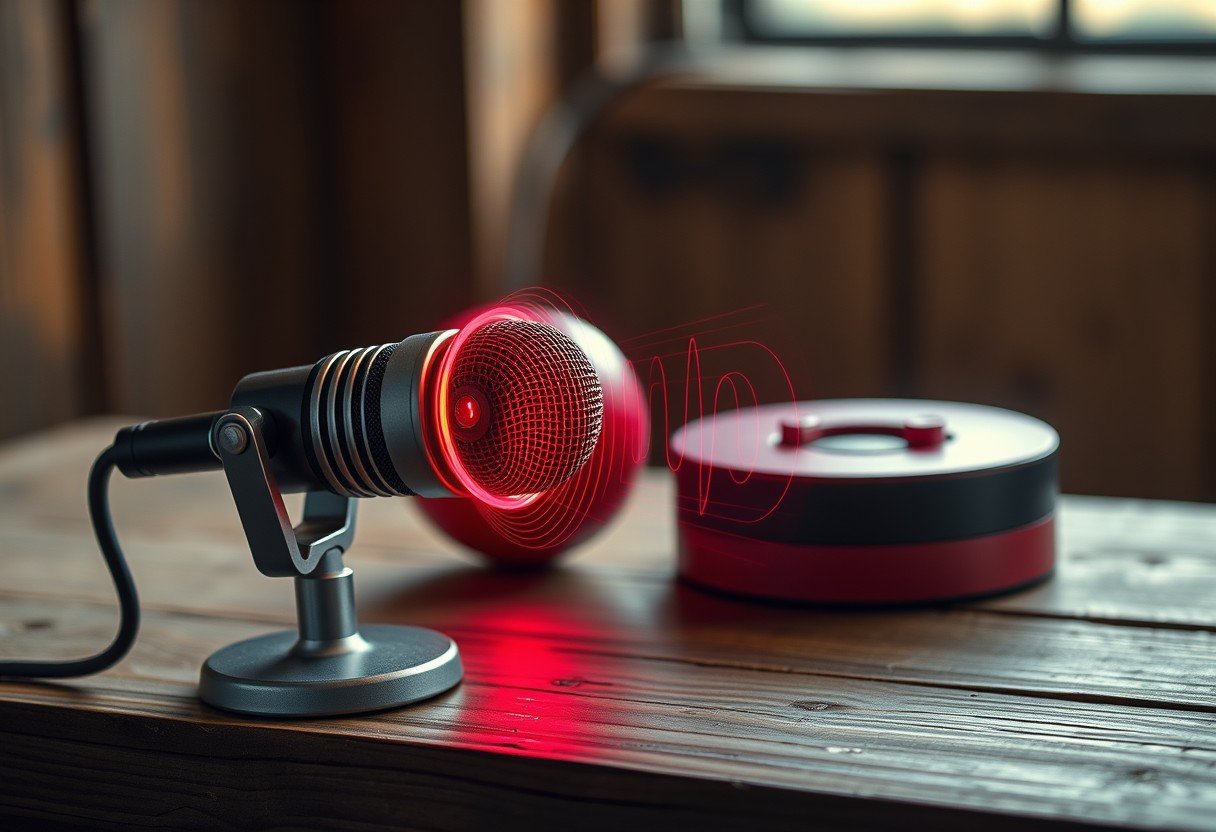Passing the CompTIA A+ exams is a huge step for anyone starting an IT career. These exams, Core 1 (220-1001) and Core 2 (220-1002), test your fundamental knowledge of hardware, software, and security. To succeed, you need more than just knowledge; you need a solid preparation strategy. This guide provides a clear roadmap with actionable tips to help you study effectively, manage your time, and walk into the exam room with confidence.
Understand the CompTIA A+ Exam Objectives First
Before you even open a textbook, your first stop should be the official CompTIA website. Download the exam objectives for both the 220-1001 and 220-1002 exams. Think of these documents as the official syllabus for your tests.
These objectives tell you exactly what topics will be covered, from mobile device hardware to operating system security procedures. They are not just suggestions; they are a direct outline of the exam content.
The Core 1 exam focuses heavily on hardware, networking, and mobile devices. In contrast, the Core 2 exam dives into operating systems, software troubleshooting, and operational procedures. Knowing the specific domains for each exam allows you to focus your study sessions precisely where they need to be.
Use these objectives as a checklist. As you master a topic, check it off. This simple action provides a sense of progress and ensures you don’t miss any critical information before exam day.
Choosing Your Essential Study Materials
A common mistake is relying on just one source of information. The best approach is to use a mix of high-quality study materials to get a well-rounded understanding of the concepts. Different formats can help reinforce learning in unique ways.
Start with a comprehensive textbook. Guides like the “CompTIA A+ Complete Study Guide” by Mike Meyers are popular for a reason; they cover all the objectives in detail and often include helpful practice questions to test your knowledge along the way.
Next, add an interactive element to your learning.
- Online Video Courses: Platforms like Udemy, LinkedIn Learning, or Professor Messer offer video-based training that can make complex topics easier to understand.
- Hands-On Labs: Virtual labs allow you to practice skills like configuring networks or troubleshooting operating systems in a simulated environment without risking your own computer.
- Flashcards: Use digital or physical flashcards to memorize key terms, port numbers, and acronyms.
Combining a textbook for depth, videos for visual learning, and labs for practical skills creates a powerful study system. This multi-pronged approach caters to different learning styles and helps solidify your knowledge more effectively than using a single resource alone.
Create a Realistic and Effective Study Schedule
Saying you will “study for the A+” is too vague. You need a concrete plan. A well-structured study schedule keeps you on track, prevents cramming, and reduces the feeling of being overwhelmed. Break down the exam objectives into smaller, manageable topics.
Dedicate specific days or weeks to each major domain. For example, you might spend one week on networking fundamentals and the next on Windows operating systems. This focused approach allows you to dive deep into one area at a time.
Your schedule should be realistic for your lifestyle. It’s better to plan for 45 minutes of focused study each day than to schedule a four-hour block that you consistently skip. Consistency is more important than intensity. Below is a sample to get you started.
| Day | Topic Focus | Activity |
|---|---|---|
| Monday | Core 1: Networking | Read textbook chapter, watch videos |
| Tuesday | Core 1: Networking | Review notes, complete practice questions |
| Wednesday | Core 2: Operating Systems | Read textbook chapter, watch videos |
| Thursday | Core 2: Operating Systems | Perform tasks in a virtual lab |
| Friday | Weekly Review | Take a short quiz on all topics from the week |
Finally, make sure to schedule review periods. Forgetting what you’ve learned is natural, so build in time every week or two to go over previous topics. This reinforces your memory and connects new concepts to old ones.
The Power of Practice Exams for Readiness
Reading and watching videos can only take you so far. You must test your knowledge under exam-like conditions to truly gauge your readiness. Practice exams are an essential tool for this, helping you identify your strengths and, more importantly, your weaknesses.
Taking full-length practice exams helps you get comfortable with the question format and time constraints of the real test. The CompTIA A+ exams include multiple-choice and performance-based questions, and practice tests expose you to both types. This familiarity reduces anxiety and helps you manage your time effectively during the actual exam.
After each practice test, analyze your results carefully. Don’t just look at your score. Dig into the questions you got wrong and understand why your answer was incorrect. Was it a simple misunderstanding or a gap in your knowledge? Use this feedback to guide your remaining study time, focusing on the areas that need the most improvement.
Don’t Forget Your Health and Well-being
Your brain is the most important tool in this process, and it needs to be taken care of. Intense studying can be draining, so prioritizing your physical and mental health is not a luxury, it’s a necessity for effective learning.
Ensure you are getting enough sleep, eating nutritious meals, and getting some form of regular physical activity. Studies show that these habits directly impact memory retention and cognitive function. A tired, poorly-fed brain cannot learn efficiently.
Also, consider the power of community. Joining a study group, whether online or in person, can provide motivation and accountability. Explaining a concept to someone else is one of the best ways to solidify your own understanding. Plus, it makes the study process more enjoyable and less isolating.
What to Do on Exam Day for Peak Performance
You’ve put in the hard work, and now it’s time to perform. The morning of the exam should be as calm and stress-free as possible. Don’t try to cram new information; a light review of your notes is fine, but your main goal is to be relaxed.
Double-check that you have the required forms of identification and know exactly how to get to the testing center. Arrive early to avoid any last-minute panic. Once you’re checked in, take a few deep breaths to calm your nerves.
During the exam, manage your time wisely. If you encounter a difficult question, flag it for review and move on. It is better to answer all the questions you know first than to get stuck on one problem and run out of time. You can always return to the flagged questions at the end if time permits. Trust in your preparation and tackle the exam one question at a time.
Frequently Asked Questions about the CompTIA A+ Exams
How long should I study for the CompTIA A+ exams?
This varies greatly depending on your prior experience. Someone new to IT might need three to five months of consistent study, while an experienced technician may only need a few weeks to brush up on specific topics.
What is a passing score for the CompTIA A+ exams?
For the 220-1001 Core 1 exam, the passing score is 675 on a scale of 100-900. For the 220-1002 Core 2 exam, the passing score is 700 on the same scale.
What kind of questions are on the CompTIA A+ exams?
The exams feature a mix of traditional multiple-choice questions and performance-based questions (PBQs). PBQs are hands-on simulations where you might be asked to configure a router, troubleshoot a PC, or match definitions to components.
Is the CompTIA A+ certification worth it?
Absolutely. It is considered the industry standard for establishing a career in IT. Research from CompTIA shows that 91% of hiring managers believe IT certifications are valuable in validating expertise.
Can I take Core 1 and Core 2 on the same day?
You can, but it is generally not recommended. Each exam is 90 minutes long, and studying for both simultaneously can be overwhelming. Most candidates prefer to focus on one exam, pass it, and then begin studying for the second one.








Leave a Comment